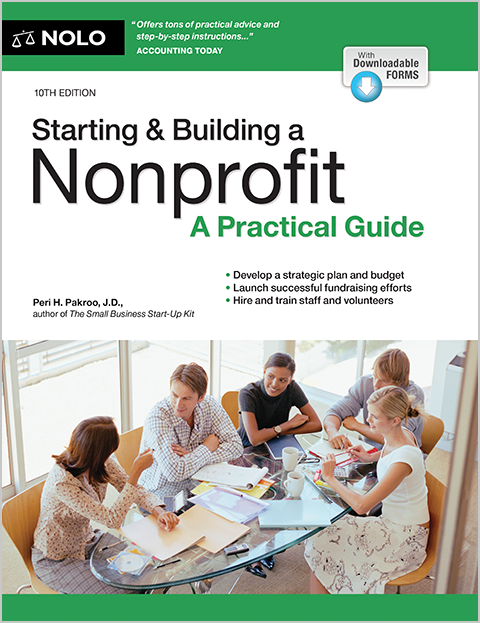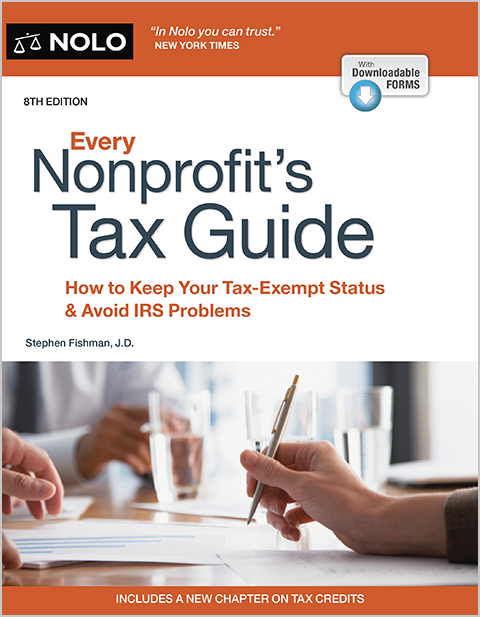Find out how to go about dissolving a nonprofit corporation in your state.
Need to close down your Texas nonprofit corporation? Here's a quick overview of the main steps to wind up and terminate a 501(c)(3) nonprofit corporation under Texas law.
Authorizing Dissolution
Closing starts with winding up, and to wind up your nonprofit, you will need a resolution. You will also likely need a plan of distribution that indicates how the nonprofit's remaining assets will be distributed after all creditors have been paid. With the resolution and plan in hand, Texas law provides for voluntary dissolution as follows:
- if your nonprofit does not have members, by a vote of the directors; or
- if your nonprofit does have members, by action of the directors followed by a vote of the members.
Under the first method, it is up to the board alone to adopt the resolution to wind up. By default, approval requires a two-thirds vote of the directors in office at the time of the vote. Approval may also be given by written consent. The process for approving the plan of distribution is the same.
Under the second method, generally, the board first must approve the resolution and then submit it to the members. The members then generally meet and vote to approve the dissolution. The procedure for approving the plan of distribution is the same. Texas law distinguishes between, on the one hand, nonprofits with management "vested in" the members, and, on the other hand, nonprofits managed by a board of directors but having members with voting rights. This article doesn't cover the potential differences between how these two types of nonprofits authorize dissolution.
Make sure to properly record the resolution to wind up, the plan of distribution, directors' votes or written consents, and members' votes, if any. You'll need this information for filings with the state and the IRS.
"Winding Up"
After your nonprofit has formally authorized winding up, it continues to exist only for the purpose of going through the winding-up process. The process is largely about paying off any debts and then distributing any remaining assets, but there may also be other tasks involved. If your nonprofit is not managed by its members, winding up will be managed by the directors. Conversely, if your nonprofit is managed by its members, then the members will manage the winding up.
You can only distribute money and property after you've paid off all of your nonprofit's debts. Then, for asset distributions, there are specific rules you need to follow. For example, your nonprofit must return any items that were loaned to it on the condition that they would be returned upon dissolution. In addition, after paying off debts and returning loaned assets, a dissolving 501(c)(3) organization must distribute its remaining assets for tax-exempt purposes. In practice, this usually means distributing assets to one or more other 501(c)(3) organizations. Other asset distribution requirements may also apply. In the event any assets remain after you have carried out your plan of distribution, they must be distributed by the local district court. If you have any distribution questions, you should consult with a lawyer.
Certificate of Termination
After you've finished winding up your nonprofit, you'll need to file a certificate of termination with the Secretary of State ("SOS"). The certificate must contain:
- the name of your nonprofit
- an indication that your organization is organized as a nonprofit corporation
- the date of your nonprofit's formation
- the SOS file number issued for your nonprofit
- the name and address of each of your nonprofit's directors
- an indication of the event requiring the winding up of your nonprofit (for example, a voluntary decision approved in accordance with Texas law and the nonprofit's governing documents)
- a statement that the filing entity has complied with the provisions of the Texas Business Organizations Code governing its winding up
- a statement that all of the nonprofit's property has been disposed of in accordance with chapter 11 and chapter 22 of the Texas Business Organizations Code"
- a statement that there is no suit pending against the nonprofit corporation or that adequate provision has been made therefore; and
- a statement that the distribution of any remaining property has been done in accordance with a duly adopted plan of distribution.
A blank form for the certificate of termination (Form 652) is available for download from the SOS website. Use of the SOS form is recommended: it includes instructions and proper language for each section. There is a $5 filing fee.
Notice to Creditors and Other Claimants
After termination, you can give notice of your nonprofit's terminated status to known creditors and other claimants. Giving notice is optional. However, doing so may shorten the period in which at least some claims can be made against your organization and allow you to more safely make final distributions of remaining assets. Texas law provides for giving notice to known claimants by registered or certified mail.
Federal Tax Note
For federal tax purposes, you'll need to file IRS Form 990 or IRS Form 990-EZ. You must include a completed Schedule N (Liquidation, Termination, Dissolution, or Significant Disposition of Assets), as well as copies of your certificate of termination, resolution to wind up, and plan of distribution. When completing Form 990 or Form 990-EZ, you'll need to check the "Terminated" box in the header area on Page 1 of the return. For additional guidance, check out Every Nonprofit's Tax Guide, by Stephen Fishman (Nolo), go to the IRS website, or consult with a tax professional.
Additional Information
You can find additional information, such as forms, mailing addresses, filing fees, and access to the state's online filing system on the SOS website.
Be aware that terminating your nonprofit will not stop lawsuits started by or against it before termination. Moreover, depending on circumstances, it may be possible to start new legal actions up to three years after your nonprofit is terminated.
This article covers only the most basic steps of voluntary winding up. There are many additional, more specific rules, covering things like:
- involuntary winding up and termination
- winding up and termination of non-typical nonprofits (for example, cooperative associations)
- distinctions between member-managed nonprofits and director-managed nonprofits with voting members
- what specific items should be contained in a plan of distribution
- giving proper advance notice of member or director meetings
- the required number of member votes to approve winding up or a plan of distribution
- steps to approve winding up and a plan of distribution in writing
- what needs to be included in notices to creditors and claimants; and
- how to respond to legal claims after termination.
In addition, your certificate of formation or bylaws may contain rules that apply instead of, or along with, state law.
Texas's laws for nonprofits are contained within its more general Business Organizations Code and are unique and complex. You are strongly urged to consult with a lawyer to obtain additional information regarding the winding up and termination of a Texas nonprofit corporation.
Winding up and terminating your nonprofit corporation is only one piece of the process of closing your organization. For further, general guidance on many of the other steps involved, check Nolo's 20-point checklist for closing a business and the Nolo article on what you need to know about closing a business.



